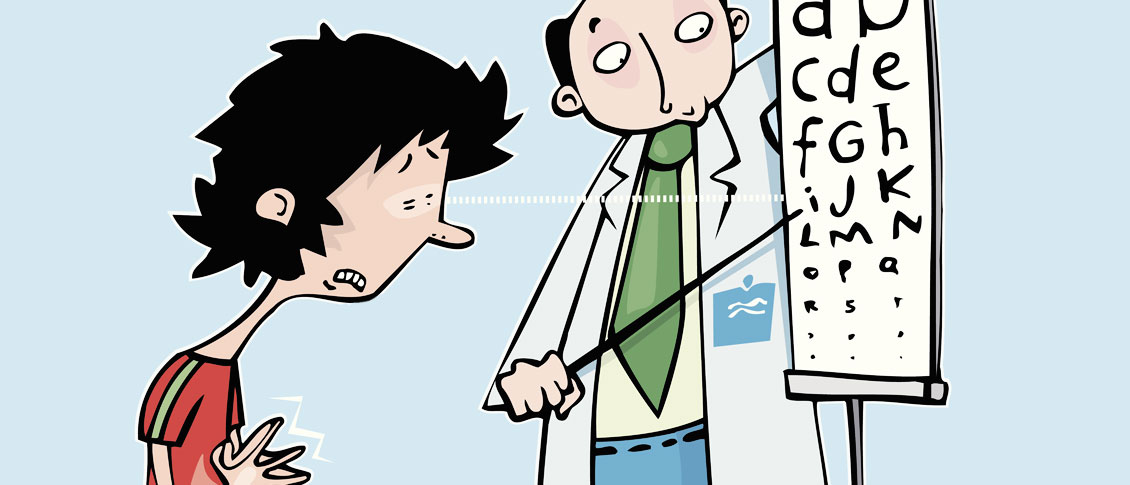Latest News & Promos
- Details
- Written by The Community Eyecare Team

What are conditions that can affect a child’s vision and the potential for learning? What is Amblyopia? What is Strabismus? What about Convergence Insufficiency? These are serious conditions of a child’s eye that need addressed. Did you know that 80% of learning comes through vision? The proverb that states, ”A picture is worth a thousand words” is true! But what if a child cannot visually see or process those words?
Let’s explore Amblyopia , or “lazy eye”. It affects 3-5% of the...
- Details
- Written by The Community Eyecare Team

The American Academy of Ophthalmology has recommendations for how often adults need to get their eyes examined and those recommendations vary according to the level of risk you have for eye disease.
For people who are not at elevated risk the recommendations are:
- Baseline eye exam at age 40.
- Ages 40-54 every 2-4 years.
- Ages 55-64 every 1-3 years.
- Ages 65 and older every 1-2 years.
Those recommendations are just for people who have NO added risk factors. If you are diabetic or...
Patient Resources
Please Leave a Google Review
We sincerely appreciate our patients and welcome your feedback. Please take a moment to let us know how your experience has been.
Our Dry Eye Center
Northeast Wisconsin's Optometrists of Choice
Menasha Office
1255 Appleton Road
Menasha, WI 54952-1501
Phone: (920) 722-6872
CALL 1ST - NO WALK-INS
Brillion Office
950 West Ryan Street
Brillion, WI 54110-1042
Phone: (920) 756-2020
CALL 1ST - NO WALK-INS
Black Creek Office
413 South Main Street
Black Creek, WI 54106-9501
Phone: (920) 984-3937
CALL 1ST - NO WALK-INS
© Community Eyecare, Inc.: 3 Convenient Northeast Wisconsin Locations | Menasha, WI | Brillion, WI | Black Creek, WI | Site Map
Text and photos provided are the property of EyeMotion and cannot be duplicated or moved.




